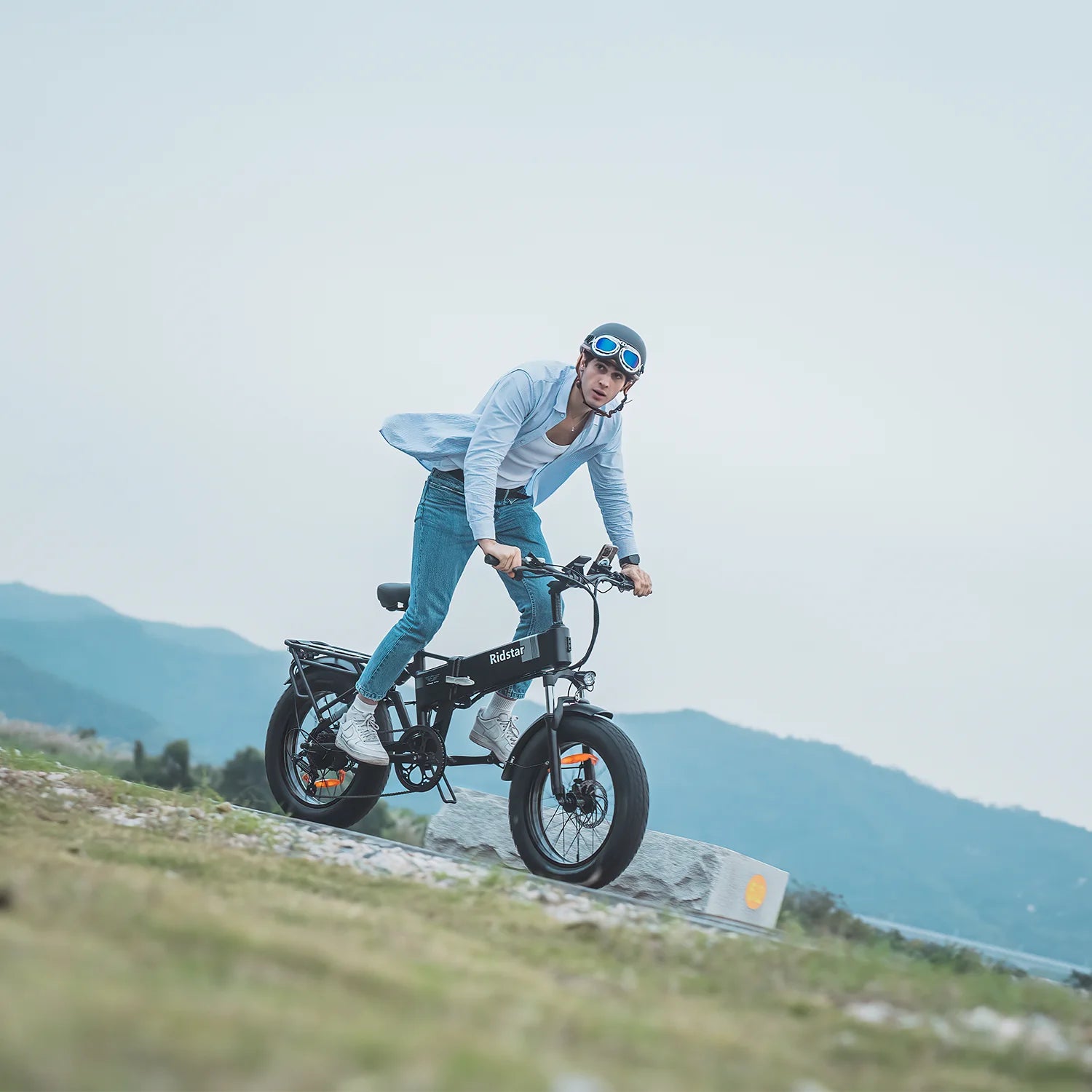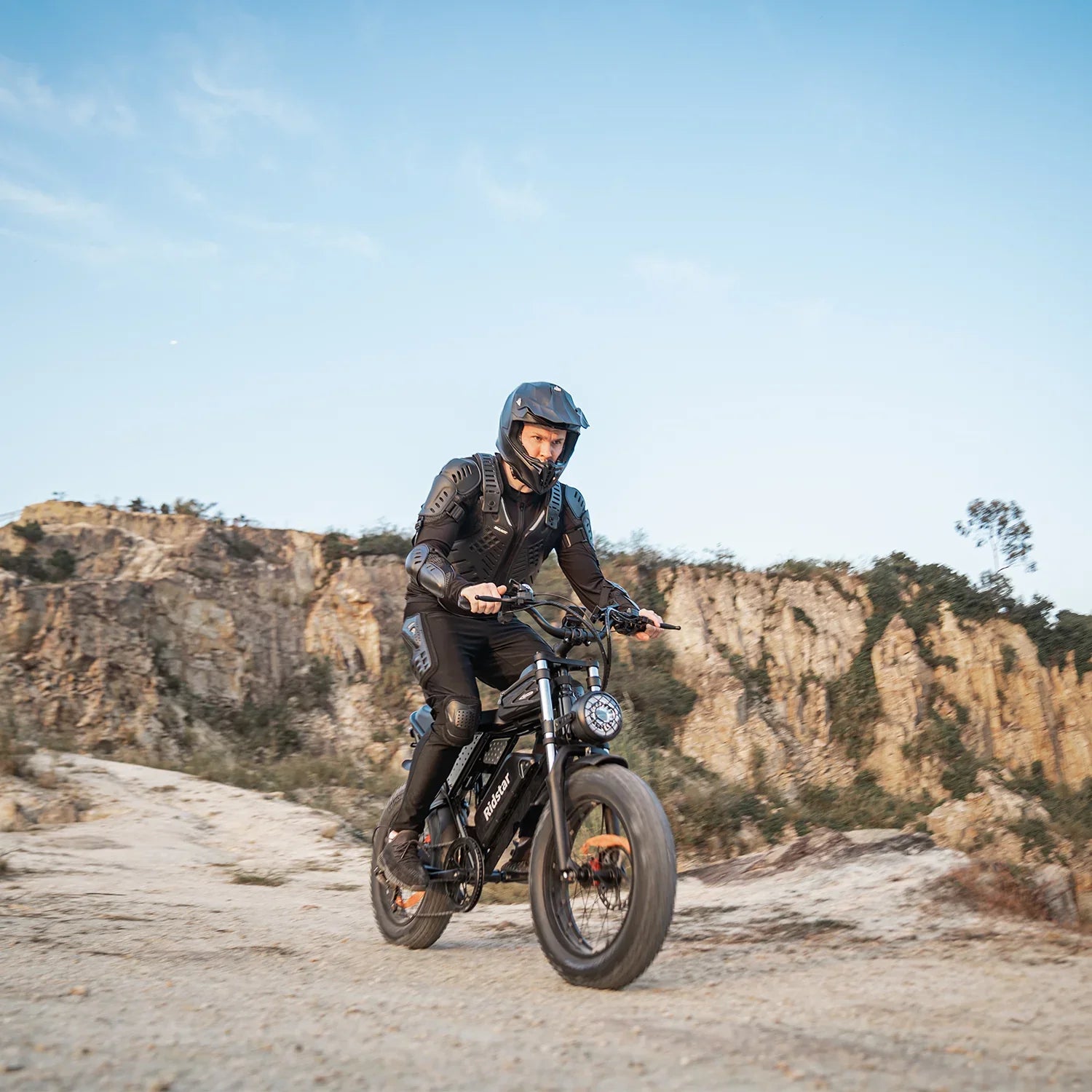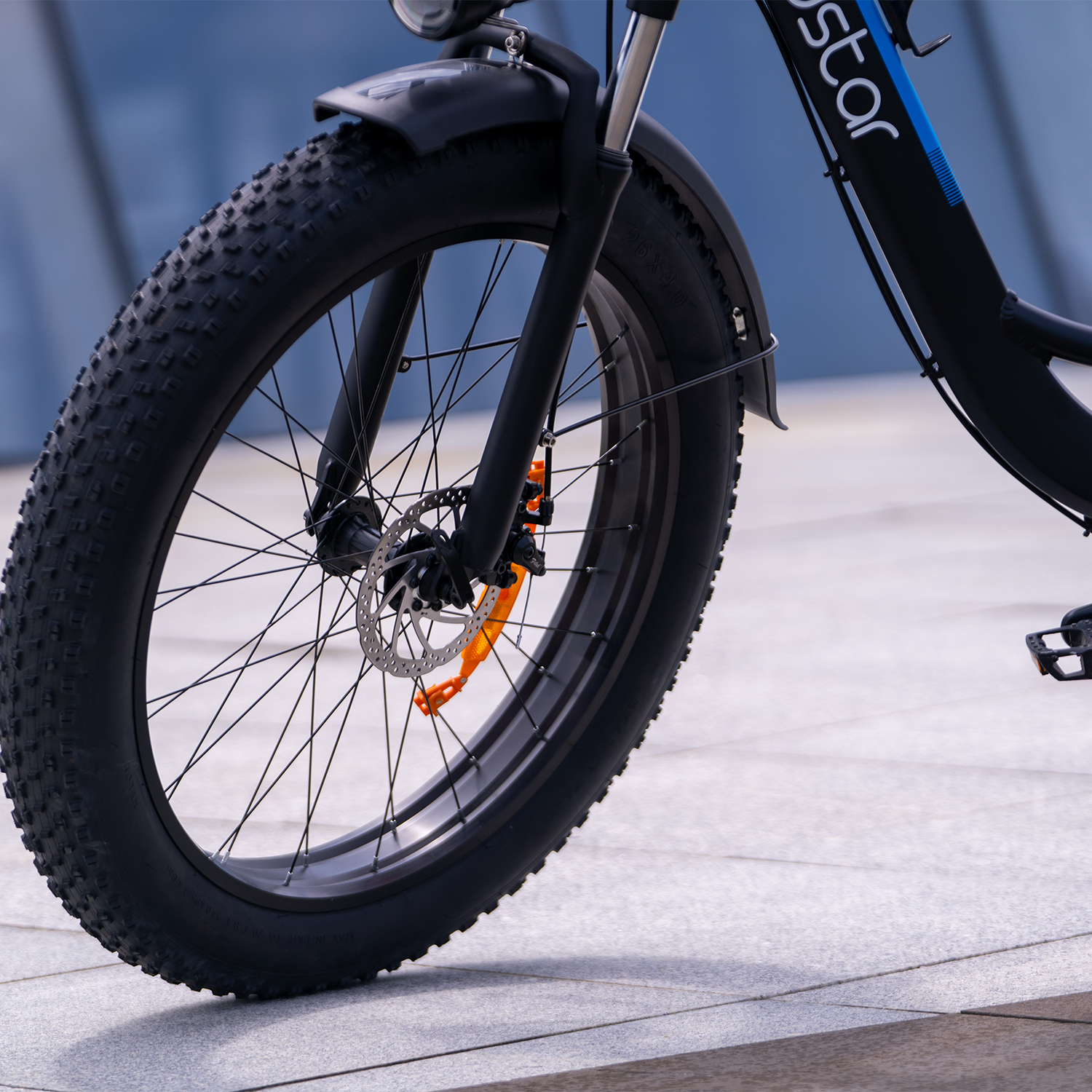E-bikes are a very convenient and "green" form of transportation, but most of the queries involve asking if one still needs to pedal them. Well, it all depends on what specific model of an e-bike it is or how the e-bike is being set up, but with most e-bikes, there's some pedaling involved. Let's explore how they work and the different types and how much pedaling is typically involved.
How Do Electric Bikes Work?
An e-bike is mostly just a bicycle with an electric motor and battery in it, which give some aids to most of your pedaling. When you do pedal, it kicks in immediately and rides the bike for you, making it easier-especially over the hills or at greater lengths. Many ebikes also have different levels of assistance-at which riders may choose how much help they want.
E-bikes are divided into 3 classes, which are categorized by their possible speed and use of pedaling action:
Class 1: only with pedal assist, maximum speed of 20 mph (32 km/h).
Class 2: Pedal-assist and throttle, max speed of 20 mph or 32 km/h.
Class 3: The e-bikes that offer pedal-assist only and display the maximum speed of 28 mph.
This will help in the categorization based on how much pedaling is involved.
Do You Have to Pedal Class 1 Electric Bikes?
Class 1 e-bikes are pedal-assist, meaning the motor kicks in when you start pedaling. You can select the level of assist: low, medium, high. If you put it at high, you barely need to pedal at all; on a low setting, you're pedaling like you would on a normal bike, just with a bit extra oomph.
Since class 1 e-bikes work their motors only when a person is pedaling, they always involve some pedaling. However, because pedaling efforts are much less than with a conventional bike, this class of bicycle also makes those people happy who want exercise but with reduced strain.
Must You Pedal on a Class 2 Electric Bike?
Class 2 e-bikes combine pedal-assist and a throttle. The motor on a Class 2 will assist in the pedaling but can also be propelled by a throttle without pedaling, rather, somewhat like a scooter.
This makes the choice of when to pedal up to the user's decision. You can use the throttle when you're tackling hills, when you're feeling fatigued from pedaling, or simply when you don't want to pedal anymore. Class 2 e-bikes are perfect for those who sometimes would like an option to ride without pedaling when needed.
Pedaling-Is It Required for a Class 3 Electric Bike?
Class 3 e-bikes are purely pedal-assist and do not use any throttle. When one uses the pedal, the on-sets of the motor and they have the capability to go high up to 28 mph or 45 km/h. These bicycles are well known for commuting since they have higher speeds.
Similar to Class 1 models, you begin pedaling to turn the motor on when riding a Class 3 e-bike. Only that, because of the assistance, it will feel way much easier. The powerful motor support makes sure pedaling is not as strenuous like in usual bikes, especially at higher speeds.
Pedal Assist Levels: Make it Your Ride
E-bikes have the mechanisms for adjusting the level of pedal assistance.
Low Assist: You get a slight boost, similar to a regular bike, but it puts more into your workouts.
Medium Assist: A moderate level of help provided such that there is reduced effort but still some pedaling is required- ideal for commuting.
High Assist: Mostly supported such that there is little to no need to pedal, best for hills or even rides that are very long.
This setting enables the riders’ experience to depend on the amount of energy available or their desired fitness goal since the rider determines how much he pedals.
Benefits of Pedaling an Electric Bike
There are several pleasing attributes to pedaling an e-bike:
Fitness Benefits: Riding an electric bike, especially a powerful one, even with some assistance, is a good exercise that tends to improve fitness while allowing for intensity control.
Extended Range: When a rider pedals, it helps save the battery’s energy thus making it possible to go on longer rides. As the rider pedals more, they reduce the stress on the motor, thus saving battery.
Smoother Ride: Whenever e-bike users pedal, the electric bike motor becomes more effective thus controlling the ride easier, especially where the surfaces are not even.





Leave a comment
This site is protected by hCaptcha and the hCaptcha Privacy Policy and Terms of Service apply.